Building an AI-Driven Organizational Culture: A Step-by-Step Guide
Introduction
Welcome to the exciting world of artificial intelligence and business strategy, where innovation meets efficiency and the future is now! If you’ve ever felt overwhelmed by the rapid pace of AI advancements, you’re not alone. Many organizations are grappling with how to integrate AI into their existing business frameworks without losing their minds—or their competitive edge.
As we step into 2025, the landscape of AI-driven strategy has evolved dramatically. Companies are no longer just dipping their toes into the AI pool; they’re diving headfirst, often without a life vest. This guide aims to equip you with a step-by-step approach to seamlessly integrating AI into your organizational culture, fostering sustainable growth and success.
So, why should you care about artificial intelligence trends in business? Consider this: according to recent studies, over 93% of companies are currently undergoing some form of digital transformation. That’s a staggering number! And if you think your organization can sit on the sidelines, think again. The role of AI in strategic planning is no longer optional; it’s essential.
Key Takeaway: Organizations that effectively leverage AI for competitive advantage are not just surviving; they’re thriving!
This guide is designed for senior leaders like you—Human Resource Senior Vice Presidents, VPs of Learning and Development, and Heads of Organizational Development —who understand that integrating AI isn’t just about technology; it’s about aligning your entire organization around a shared vision for the future.
In this guide, we’ll cover:
- Overview of AI in organizational culture: What does it mean to have an AI-driven culture?
- Importance of aligning artificial intelligence with business strategy: Why this alignment is crucial for success.
- Target audience and purpose of the guide: Who will benefit from these insights?
Buckle up as we embark on this journey toward AI transformation. By the end, you’ll be equipped with practical strategies to leverage AI and enhance your business strategies, transforming challenges into opportunities for growth.

Understanding AI-Driven Organizational Culture
Definition of AI-Driven Culture
An AI-driven culture is like a finely tuned orchestra where every instrument plays its part in harmony, all while leveraging artificial intelligence and business strategy. It’s an environment where data-driven decision-making is the norm, and teams collaborate seamlessly using AI solutions for companies. Picture a workplace where machine learning in business isn’t just a buzzword but a daily practice that empowers employees to innovate and optimize processes.
Benefits of Integrating AI into Organizational Practices
The perks of weaving AI into your organizational fabric are as abundant as a cornucopia at Thanksgiving. Here’s why you should consider it:
- Enhanced Efficiency: Automation in business strategy can streamline operations, allowing teams to focus on high-value tasks rather than mundane ones.
- Data-Driven Insights: By incorporating the right predictive analytics into their business strategy, organizations can anticipate market trends and customer needs.
- Competitive Advantage: Leveraging AI in business gives you an edge over competitors who are still using outdated methods.
- Cultural Shift: An AI-centric approach fosters a mindset of continuous improvement and innovation among employees.
- Better Customer Experience: With personalized experiences powered by AI, customer satisfaction soars!
Key Takeaway: Integrating AI into your organizational practices isn’t just about technology; it’s about transforming your entire operational ethos!
Challenges Faced in Adopting an AI-Centric Approach
AI-driven strategy isn’t without its hurdles. Here are some common challenges organizations face:
- Cultural Resistance: Employees might be hesitant to embrace change, fearing job displacement or increased complexity.
- Siloed Information: Data trapped in departmental silos can hinder the effective implementation of AI.
- Lack of Skills: Without the proper training, teams may struggle to utilize AI tools effectively.
- Poor Strategy Alignment: If your AI strategy doesn’t align with corporate goals, it may lead to wasted resources and missed opportunities.
A common misconception is that simply adopting new technologies will solve all problems. In reality, successful AI transformation requires thoughtful integration with existing processes and a commitment to ongoing training.
Your Next Steps: Identify potential challenges early on. Engage with teams across departments to foster collaboration and ensure everyone is on board!
The future of AI in business is bright, but it requires commitment from leadership to truly harness the potential of innovative technologies in business strategy planning. By understanding both the benefits and challenges of an AI-driven culture, you’re well on your way to optimizing your organization for success!

Step 1: Assess Current Culture and Readiness for Change
Conducting a Cultural Audit
Before you can start your AI transformation, it’s crucial to take a good, hard look at your current organizational culture. Think of this as the diagnostic phase of a health check-up. You wouldn’t dive into surgery without knowing what’s wrong, right? Similarly, understanding your culture helps identify how well your organization is prepared to adopt artificial intelligence and implement effective business strategies.
Start by asking these key questions:
- What are our existing values?
- How do we currently make decisions?
- Are we open to innovation?
- How do employees perceive technology adoption?
Gathering this information can be done through surveys, interviews, or even casual coffee chats-whatever gets the juices flowing! The goal here is to map out the cultural landscape before you plant those AI seeds.
Identifying Gaps in Skills and Technology Adoption
No one wants to set sail on a ship with holes in it. Identifying gaps in skills and technology adoption is like checking for leaks before embarking on a journey. You need to know where your crew (a.k.a your employees) stands in terms of AI literacy. Are they equipped with the skills necessary for an AI-driven strategy? Or are they still trying to figure out how to use email?
This step involves:
- Conducting Skills Assessments: Evaluate existing competencies related to machine learning in business, data analysis, and AI tools.
- Assessing Technology Usage: Identify the technologies currently in use and evaluate their effectiveness in integration into daily operations.
- Identifying Training Needs: Based on the assessments, outline training programs that will fill these skill gaps.
Your Next Steps: Create a roadmap for training initiatives that align with both employee needs and organizational goals!
Engaging Stakeholders for Feedback and Insights
Your organization isn’t just a machine; it’s made up of people, and those people have valuable insights! Engaging stakeholders is like assembling an Avengers team; each member brings unique strengths that contribute to the overall mission. By gathering feedback from various levels within the organization, you can gain a holistic view of readiness for change.
This engagement can take many forms:
- Focus Groups: Create small groups from different departments to discuss perceptions about AI integration.
- Satisfaction Surveys: Utilize surveys to measure employee sentiment regarding current practices and their openness to change.
- Town Hall Meetings: Host open forums where employees can voice concerns or share excitement about potential changes.
The more voices you include in this conversation, the better equipped you’ll be to address concerns and foster buy-in!
The insights gathered during this phase will not only inform your AI implementation strategy but also help create a sense of community around the changes ahead. After all, who doesn’t want their organization’s journey toward becoming an AI powerhouse to feel like a team effort?

Your Next Steps: With these insights in hand, you’re ready to move forward confidently. Continue engaging with your teams as you transition to incorporating AI into your organizational culture.
Step 2: Define Clear Objectives and Goals for AI Integration
Establishing Measurable Outcomes for AI Initiatives
When it comes to integrating artificial intelligence and business strategy, having clear objectives is like setting a GPS destination before hitting the road. Without it, you might end up lost in the wilderness of tech jargon and endless algorithms.
Start by defining what success looks like. Are you looking to enhance operational efficiency, improve customer satisfaction, or increase revenue through predictive analytics? Here’s how to make your goals SMART (Specific, Measurable, Achievable, Relevant, Time-bound):
- Specific: Instead of saying “we want to improve efficiency,” say “we want to reduce customer response time by 30% within six months.”
- Measurable: Use metrics that can be tracked-think KPIs that tie back to your AI-driven strategy.
- Achievable: Ensure your goals are realistic and attainable. If you’re a small business, aiming for “world domination” might not be the best starting point.
- Relevant: Align objectives with overall business strategy. If your company is focused on sustainability, consider how AI can optimize resource management.
- Time-bound: Set deadlines! A goal without a timeline is just a dream-like aspiration, akin to wanting to binge-watch every episode of a series without ever starting.
Your Next Steps: Document these goals and share them with your team. Transparency breeds accountability!
Aligning Objectives with Overall Business Strategy
Your AI initiatives shouldn’t exist in a vacuum; they need to be woven into the fabric of your corporate strategy. Think of it as adding a dash of spice to an already flavorful dish-it enhances the overall experience!
This alignment can be achieved through:
- Cross-Department Collaboration: Engage different departments in discussions about how AI can support their specific needs and objectives.
- Regular Strategy Reviews: Schedule quarterly check-ins to assess whether your AI objectives remain aligned with evolving business goals.
- Cultural Integration: Foster an organizational culture that embraces change and innovation, making alignment much smoother.
A common misconception is that AI is just about technology. In reality, it’s about enhancing human capabilities and aligning those enhancements with strategic goals!
The more integrated your AI initiatives are with corporate strategies, the more likely they are to succeed!
Create a Roadmap for Implementation
No great journey begins without a map-especially one that includes potential detours along the way! Your roadmap should outline clear steps for implementing AI solutions, considering aspects such as data-driven decision-making, stakeholder engagement, and training needs.
Your roadmap should include:
- Tactical Steps: Break down each objective into actionable tasks. For instance, if one goal is to improve data analytics capabilities, tasks could include selecting appropriate software and training staff on its use.
- Timeline: Create a timeline that outlines when each task should be completed. This helps keep everyone accountable and on track.
- Bottleneck Identification: Anticipate potential challenges or bottlenecks in the process, such as employee resistance, and plan strategies to address them proactively.
- User Feedback Loops: Establish mechanisms for gathering user feedback throughout the implementation process. This ensures you can make adjustments as necessary based on real-world experiences.
Your Next Steps: Share this roadmap across teams so that everyone understands their roles in achieving these ambitious yet attainable goals.
The future of AI in business, particularly through strategic use of artificial intelligence tools and techniques, hinges on how well you define these objectives today. So roll up those sleeves-you’ve got some exciting work ahead!
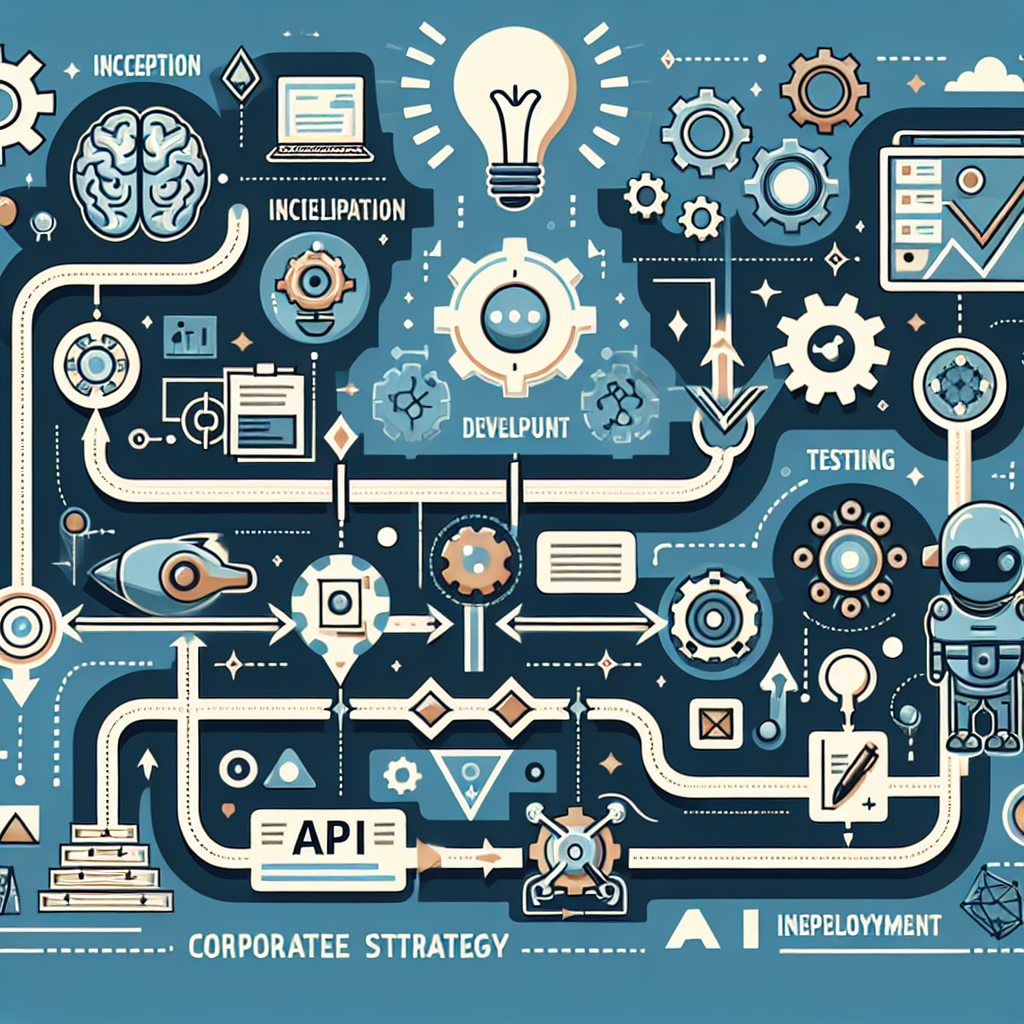
Step 3: Develop Training and Development Programs
Identifying Necessary Skills for Workforce Transformation
As your organization prepares for an AI-driven strategy, it’s essential to identify the skills your workforce needs to thrive in this new landscape. Think of this as assembling your superhero team for the AI revolution. Each member must possess unique abilities to tackle challenges head-on!
Start by evaluating the current skill set of your employees. Are they ready to embrace machine learning in business? Do they understand how to leverage business intelligence tools? Here’s a quick checklist to identify necessary skills:
- Data Analysis: Employees should be proficient in interpreting data and making sense of analytics.
- AI Literacy: Understanding the basics of AI and its applications in business is crucial.
- Adaptability: The ability to quickly learn new technologies is vital as AI tools continue to evolve.
- Collaboration Skills: Working effectively in teams, especially cross-functional ones, will enhance innovation.
- Critical Thinking: Employees should be able to assess AI outputs critically and make informed decisions.
Your Next Steps: Conduct a skills gap analysis through surveys or assessments. This will help tailor your training programs effectively!
Cultivating a Learning Environment that Embraces Change
A learning culture is like a fertile garden; it requires nurturing, sunlight, and a bit of rain (or in this case, resources). To cultivate an environment that embraces change, consider implementing the following strategies:
- Create Continuous Learning Opportunities: Offer workshops, online courses, and seminars focusing on AI implementation.
- Encourage Knowledge Sharing: Foster open communication that allows employees to share insights from their own learning experiences.
- Create Innovation Labs: Set up spaces where teams can experiment with new technologies without fear of failure.
- Acknowledge Efforts: Celebrate achievements related to learning initiatives; recognition motivates continued growth!
This shift toward a learning culture not only prepares your workforce for AI transformation but also enhances employee engagement and retention. After all, who wouldn’t want to work for an organization that values their growth?
A thriving learning environment facilitates easier adaptation for employees to changes brought about by digital transformation.
Utilizing Leadership Coaching to Enhance Employee Capabilities
The key players in your organization’s journey toward integrating artificial intelligence into business strategy? Your leaders! Investing in leadership coaching is like giving your captains the best navigational tools available on their ships. Here are some ways leadership coaching can enhance employee capabilities:
- Tailored Coaching Programs: Develop personalized coaching sessions designed to enhance specific leadership competencies related to AI.
- Pilot Initiatives: Encourage leaders to spearhead pilot projects that utilize AI solutions within their departments.
- Create Mentorship Opportunities: Pair experienced leaders with emerging talents interested in enhancing their understanding of AI applications.
- Cultivate Emotional Intelligence: Equip leaders with skills necessary for managing change effectively while supporting their teams through transitions.
Your Next Steps: Evaluate existing leadership development programs and consider integrating AI-focused modules!
A common misconception is that leadership development isn’t necessary during technological transitions. In reality, effective leadership is crucial for guiding teams through the complexities of adopting new technologies like AI!
Empowering leaders with coaching not only enhances their capabilities but also creates a ripple effect throughout the organization as they inspire others!
The journey toward integrating artificial intelligence into your organizational culture requires thoughtful planning around training and development programs. By identifying necessary skills, cultivating a learning environment, and leveraging leadership coaching, you’ll be well on your way toward building a future-ready workforce capable of capitalizing on AI innovation.

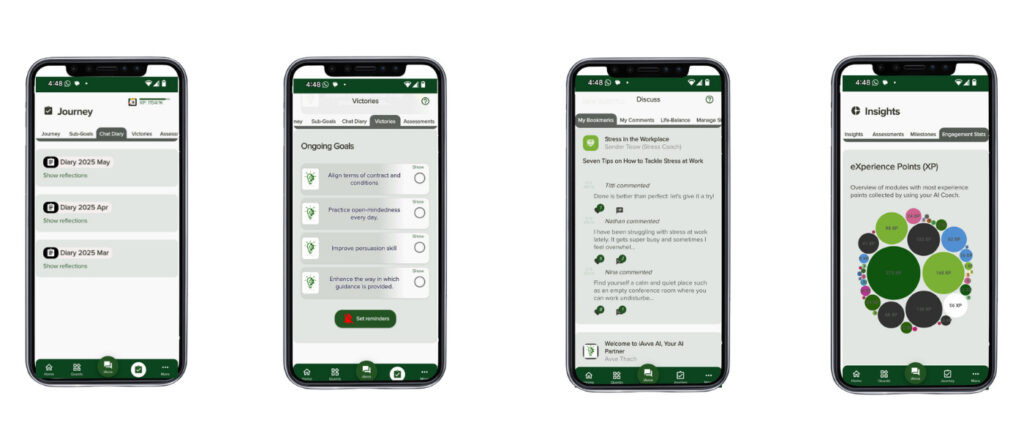



















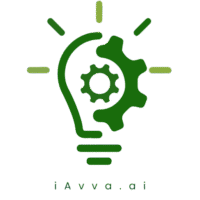
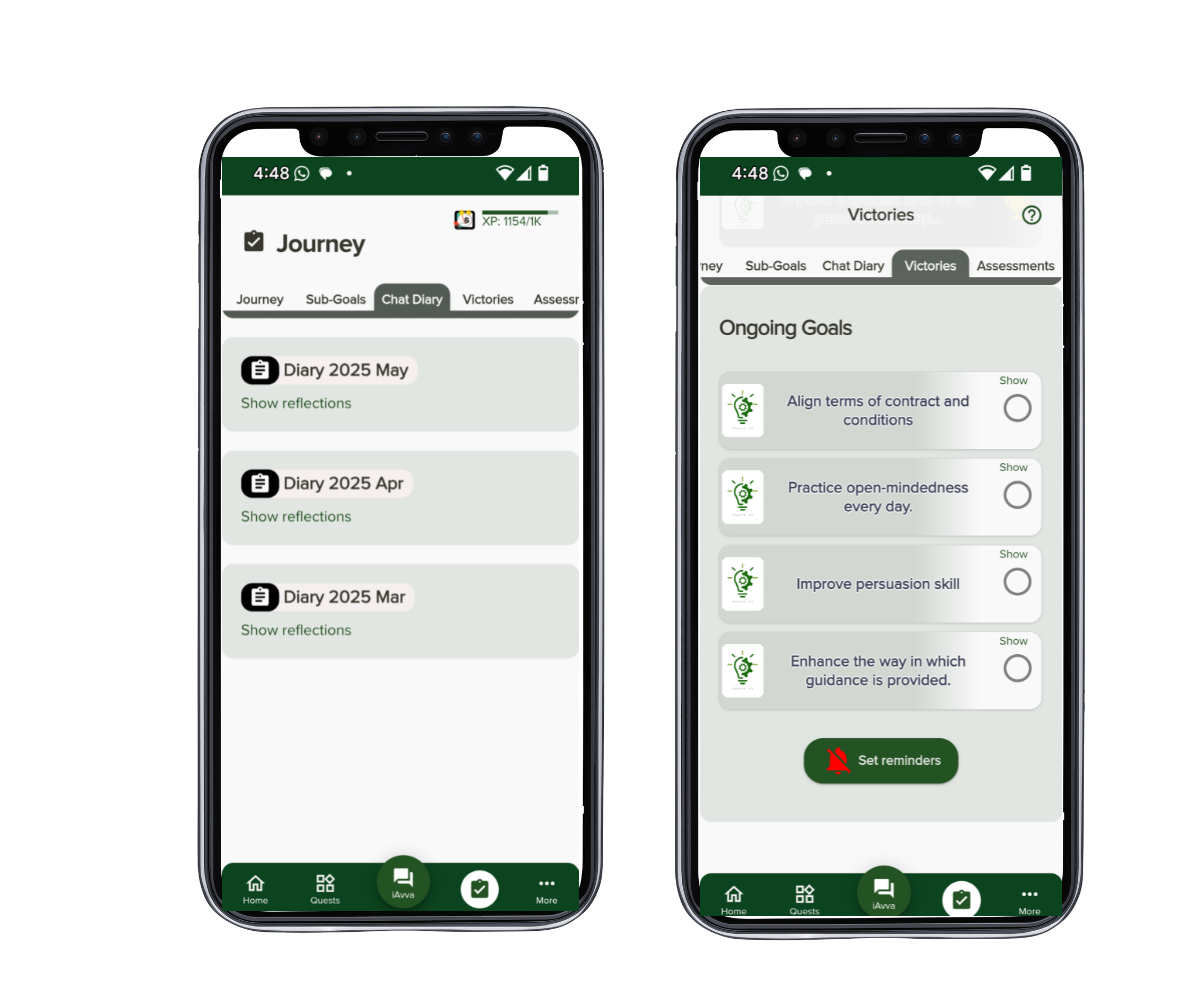
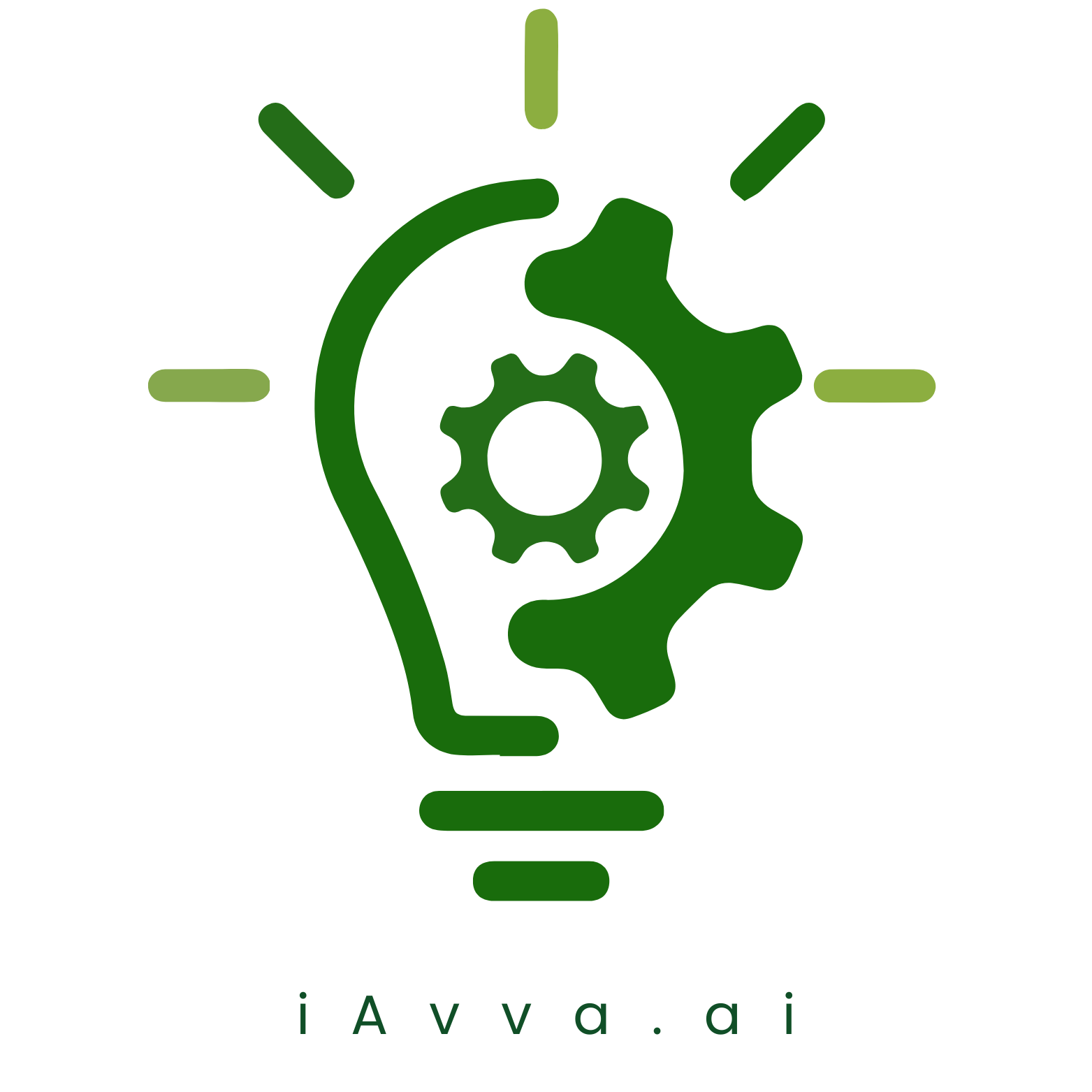
Leave a Reply